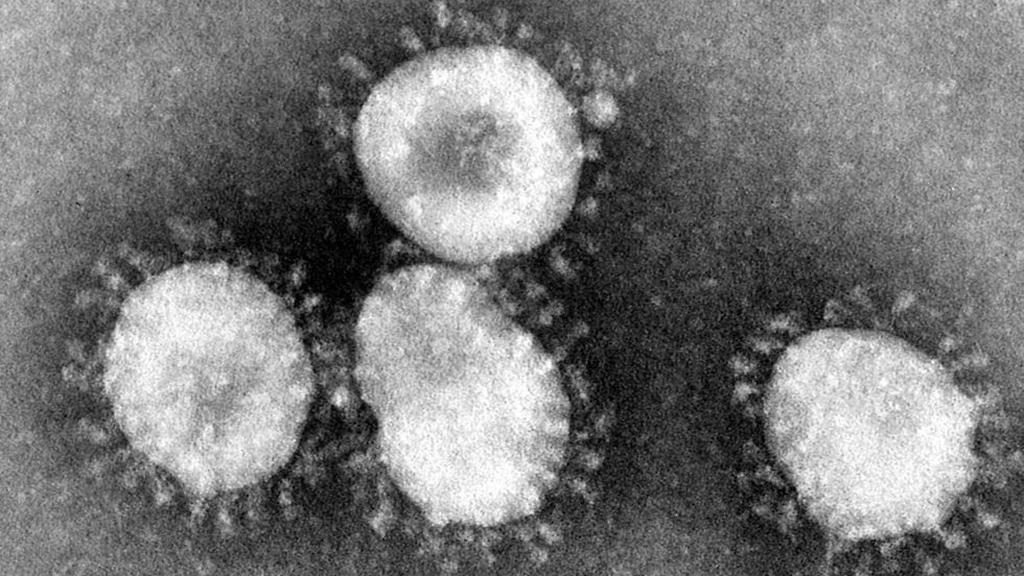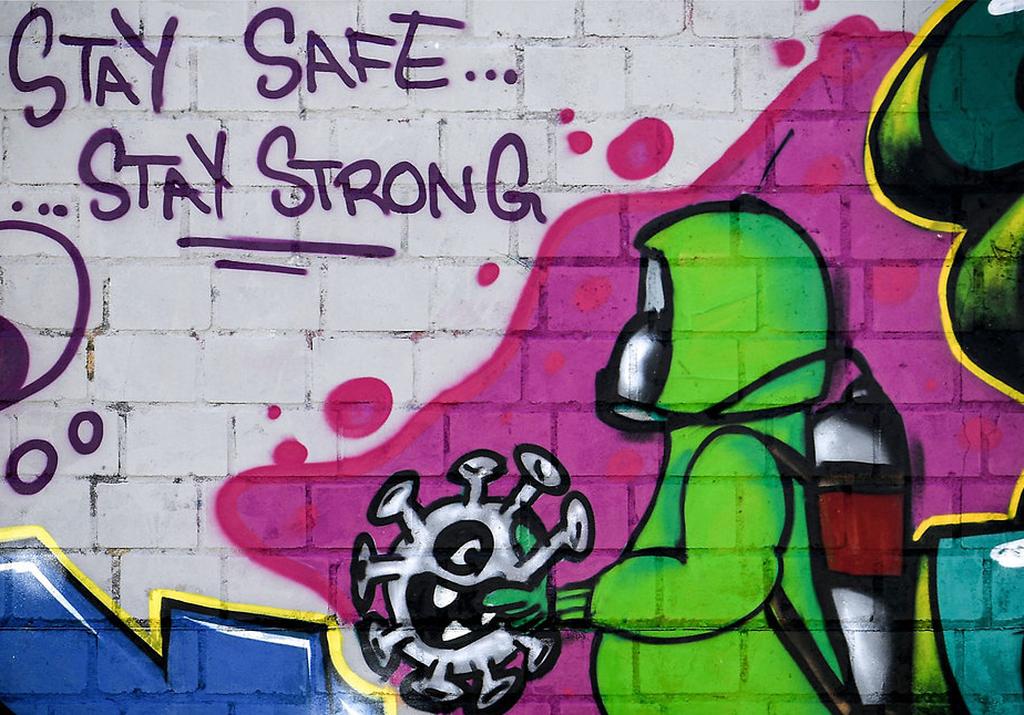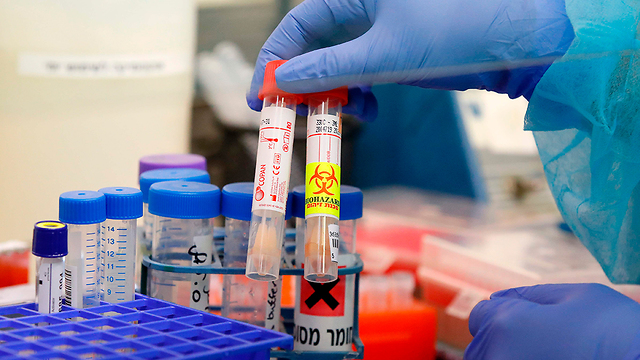Getting your Trinity Audio player ready...
“The occurrence of a global epidemic is considered inevitable. On a global scale it can cause high fatality rates, coupled with far-reaching economical consequences - and although final the results of such an epidemic will be less devastating thanks to modern medicine - modern transportation means that the epidemic will be spread much more quickly across the entire globe.”
The quote above was taken from an article published in 2013 by two Israeli researchers: Gabi Katriel and Dr. Amos Hofter (head of the Mathematics and Statistics division in the Gartner Institute for Health Policy Research), in an international publication dedicated to clinical microbiology.
Their prediction was not considered far-fetched. It was a summary of the conventional wisdom in the scientific community.
Viruses that attack the respiratory system will appear periodically and may quickly escalate into a global epidemic; their spread will be hard to contain, and a vaccination or cure will be even harder to find.
Dozens of articles have been written on the subject and more than a few national and international organizations have published recommendations on how best to deal with such an eventuality.
In May 2018, the World Health Organization and the World Bank formed the Global Preparedness Monitoring Board (GPMB) that last October published an ominous report titled “A world at risk.”
The director of the board, Dr. Gro Harlem Brundtland, a former Norwegian prime minister and former WHO director-general, wrote in a preface to the report: “ An outbreak equivalent to the 1918 influenza pandemic could kill an estimated 50 to 80 million people, spreading around the world in less than 36 hours and wiping out nearly five percent of the global economy. In the case of a pandemic, many national health systems would collapse, with low-resourced communities hit the hardest.”
Two years earlier, the “Coalition for Epidemic Preparedness” was formed in a collaborative effort between Germany, India, Japan, Norway, and The World Economic Forum.
That same year, the U.S. performed a CDC led nationwide simulation called "Crimson Contagion" meant to test the federal government's readiness in the event of an epidemic. Its bleak findings were distributed to all relevant departments.
Though alarms rang across the globe with scientists and medical institutions issuing dire projections, the Israeli government chose to ignore them all believing they knew better.
They were wrong. Israel’s preparedness in the face of war is not the same as its preparedness in the face of a pandemic. The country’s assorted ministries should have heeded the warning and used the time to learn and apply recommendations made by the various international organizations.
And although it might not be possible to prepare for a specific respiratory illness that has not yet been identified, and the genetic code of COVID-19 was only identified in January, considerable preparations could have been made.
Internal medicine wards should have been added to Israel's hospitals that have already been experiencing a lack of beds and basic supplies.
Supply chains and acquisitions should have been prepared - both domestic and foreign - and infrastructure that would ensure coordination between health providers and properly trained medical teams should have been put in place.
It is time to dispel Israeli illusions. We will not come up with a vaccine or a cure for the coronavirus all on our own (nor would we be able to invent the advanced blood testing required).
The cure, if it is to be found within a reasonable time frame, will require international cooperation of researchers, an investment of tens of billions of dollars in laboratories and advanced experimentation, and free access to scientific research and discoveries.
This nefarious virus will not be defeated by a bunch of high-tech geniuses in a room full of computers, just like it won’t be defeated by a group of scientists working alone in a Chinese or Russian biological lab. It will not be found by any military intelligence unit or even by the Israeli Institute for Biological Research in Nes Ziona.
It will take time to find a cure, test it to ensure its safety and mass-produce it, and shortcuts should not be considered.
The flow of data coming from hospitals and university labs is driving researchers “crazy”, and causes frequent changes to how researchers understand the disease.
Israel's top research institutions can, and should join forces with the international efforts in the search for answers, and do their part in the development of a vaccine or maybe even a cure for the coronavirus.
Eradicating COVID-19 requires a joint international effort.





